Exactly a month ago, Beirut’s ‘2ND SUN’ concept made its way to the scenic Red Sea resort town of Ain AlSokhna, and aside from the massive line up, attendees weren’t prepared for glorious feast of stage lights and visual projections put on display. While there might have been stage lighting design of this scale before in Egypt, 2ND SUN was different in its unprecedented artistry and captivating dynamic action.
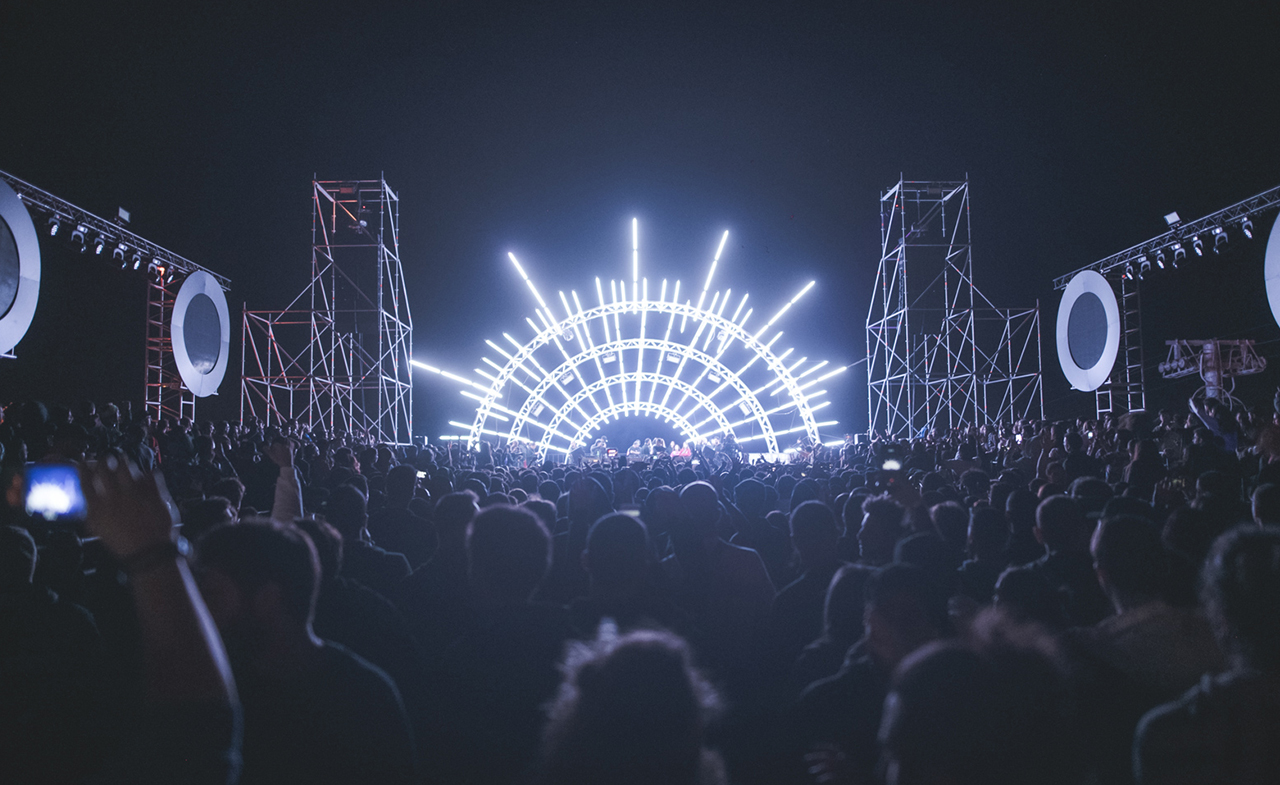
Needless to say we had to get in touch with the mastermind behind it - Lebanese visual jockey, lead lighting operator, tech manager and project engineer Julien Yammine for the latest edition of our Beyond the Booth series to find out more about his work beyond this project as part of Beirut’s the Factory People and all their events.
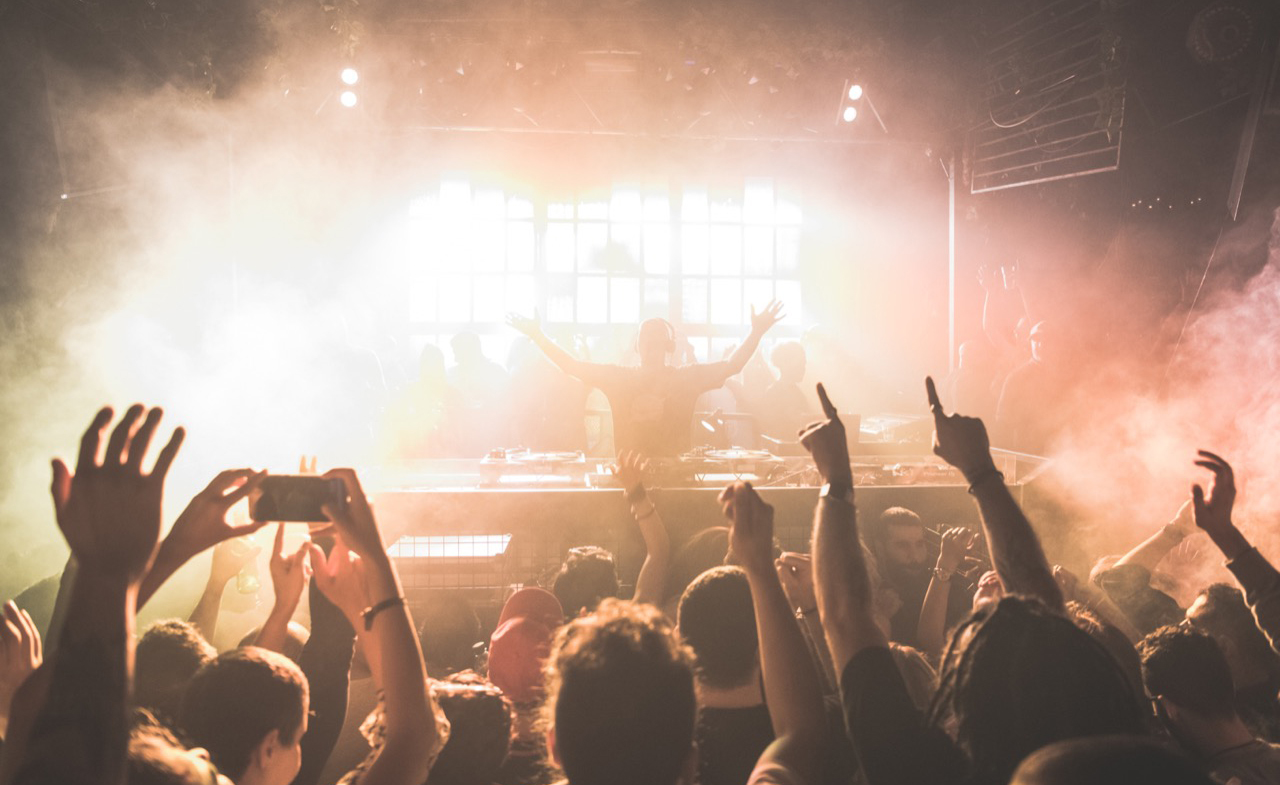
Hey Julien, where are you and what are you up to right now?
Currently I’m in Beirut working as a project engineer at an acoustics and audio consulting firm called 21dB. Asides from that I’m carrying on with my regular work as tech manager with all Factory People outlets and events as I’m also their leading lighting operator and visuals jockey.
What made you get into this profession? and where did you learn your skills?
I used to always look at the lights in a club and ask myself how these machines work, what's their language? And I always said to myself, there must be a better way to do this than random movements and color changes. I’m self taught, started with Sunlite Suite, moved to Avolites desks and then Resolume Arena, and now I am getting familiar with the GrandMA line. In this industry, there’s something new everyday, and you have to keep up and stay up to date.
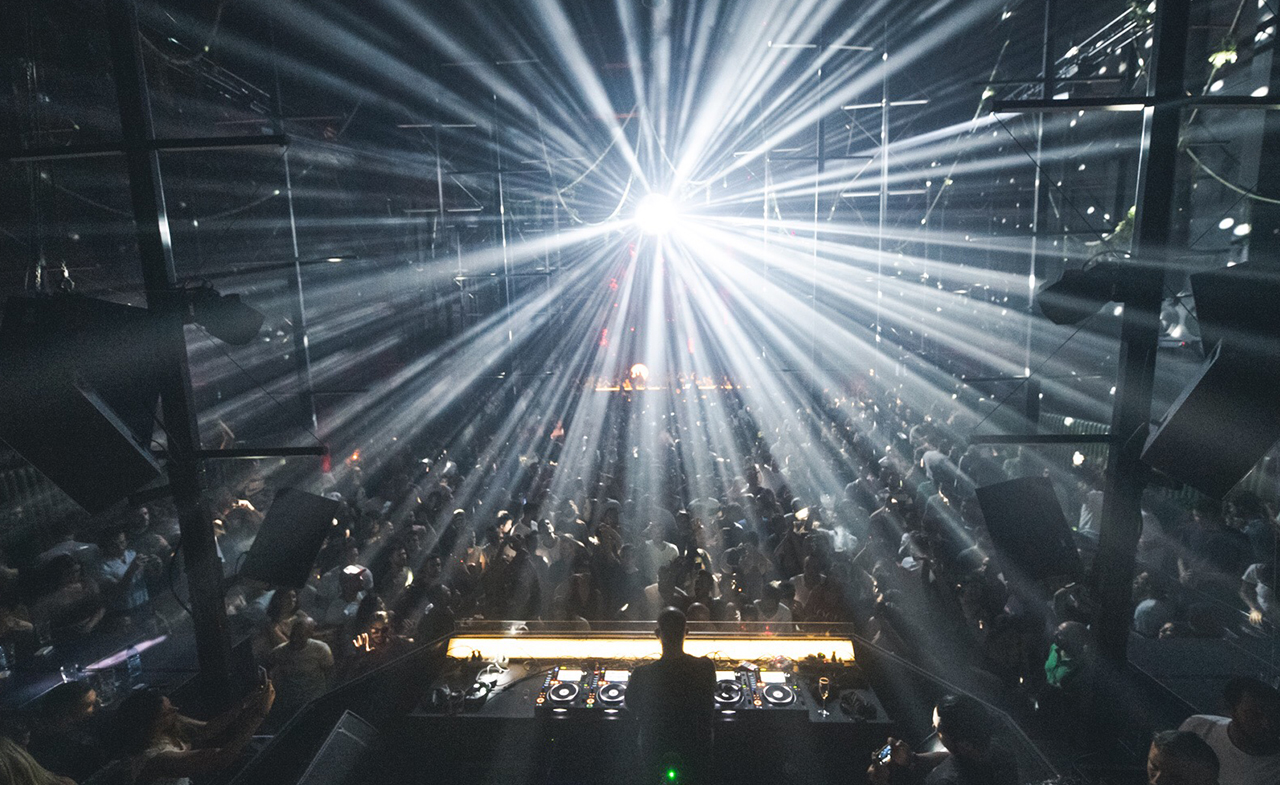
What did you do before you joined The Grand Factory crew?
I was a civil engineering student, graduated in 2017. Before the Grand Factory, I worked a number of lighting jobs. My first one was at a club called LIFE where I knew the owner and their lighting guy had just left. I got the chance to be their new operator and this is where everything started for me in this field
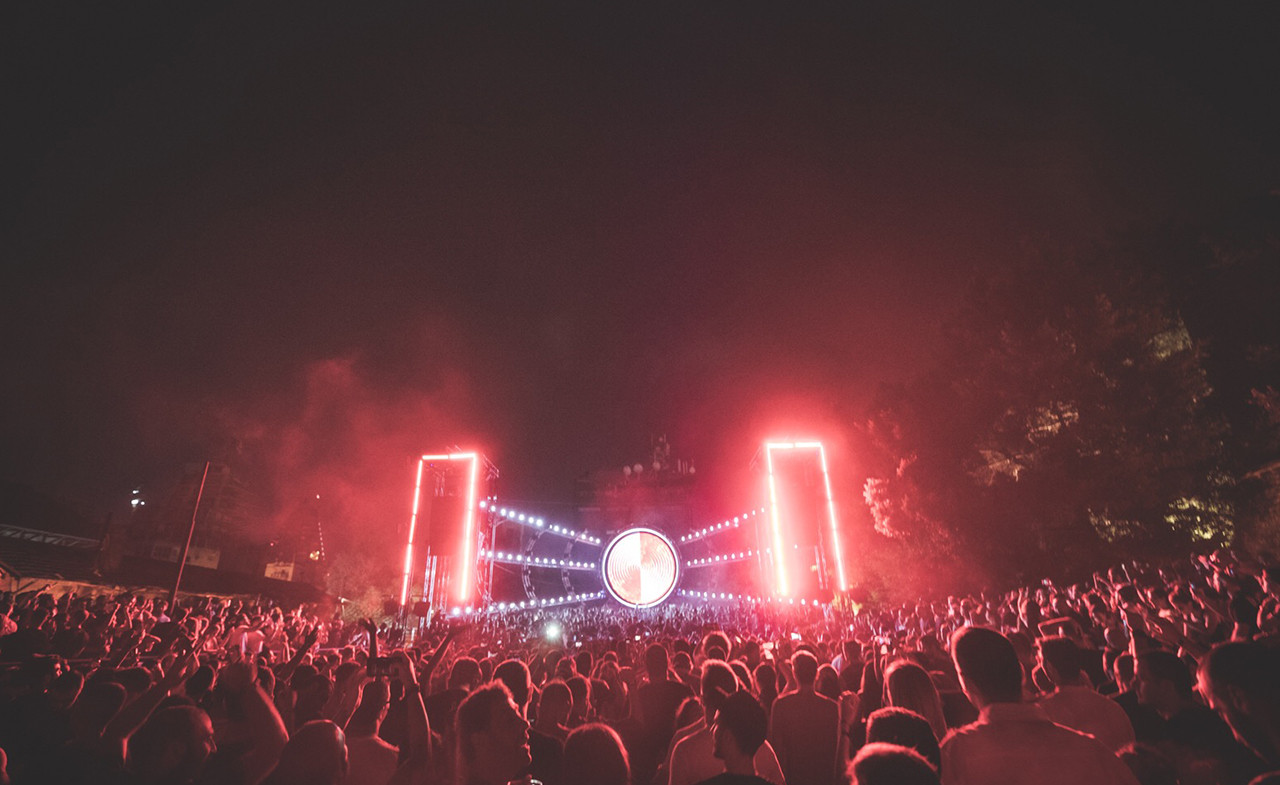
“What I do is perform live, nothing is time coded and no DJ set is already heard. To me, it's about how to tell the story of a song but with lights and visuals - If these light beams are a troupe of dancers, how would they dance to this song?”
The feedback on AHM’s lighting when it first opened its doors was amazing. Tell us about the process of designing it.
AHM was designed by Factory People's creative studio Clap Clap and the Architect Rabih Geha. The lighting structure or the masts as we call them, was part of the core creative concept. Once the creative concept was designed, I was brought in for programming and mapping with the help of my good friend and visuals genius, John Dave. All our scenes are a collaborative process between Clap Clap, Tala Mortada, our chief creative director and myself.
Did you expect this kind of feedback?
We didn't know what to expect. I still remember turning the first mast on while we were still in the building process, and then turning on all the rest one by one until all of them were on and AHM came to life. The excitement was real. When AHM opened its doors, seeing the club packed and the energy there, it felt unreal. It's a beautiful club, and in my opinion, and I've heard it from many international artists, it's one of the best clubs in the world.
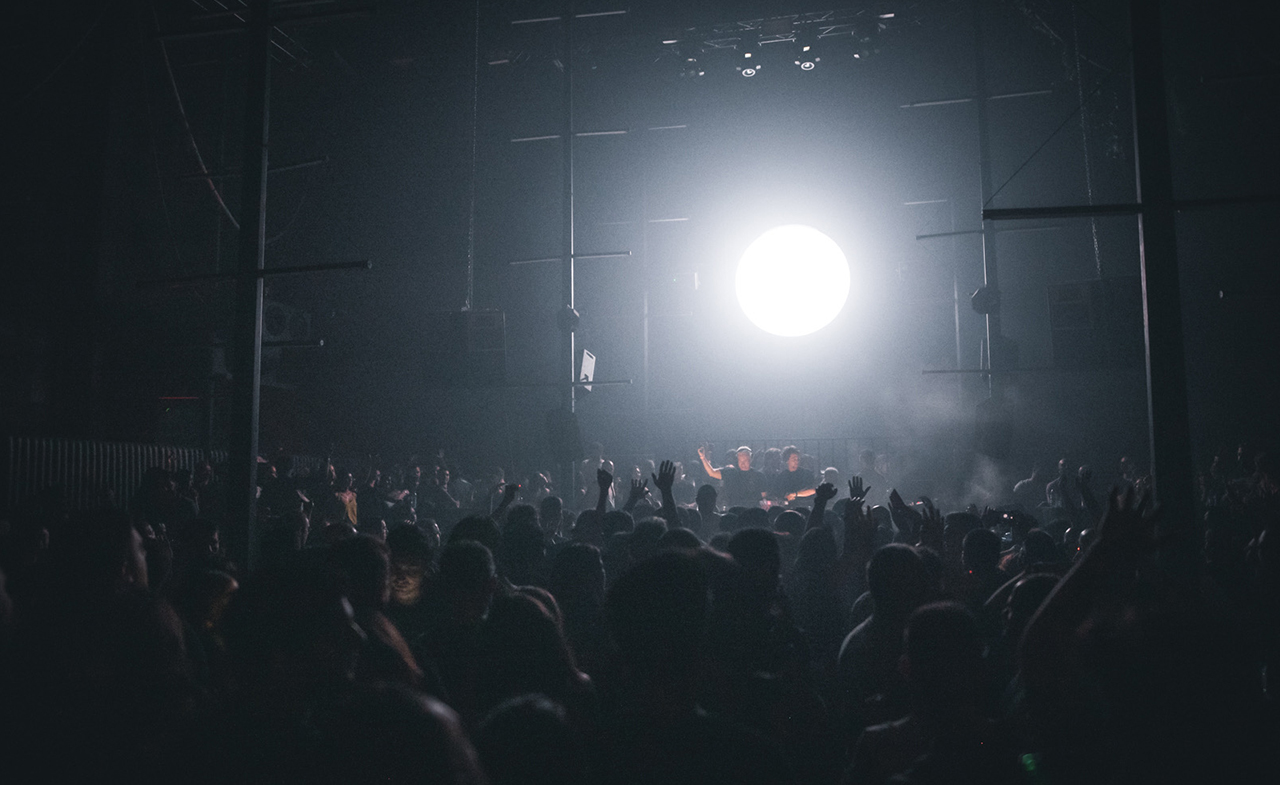
"The idea behind 2ND Sun, is that when the first sun sets, the 2ND Sun rises."
Where do you draw your visual inspirations from?
What I do is perform live, nothing is time coded and no DJ set is already heard. To me, it's about how to tell the story of a song but with lights and visuals - If these light beams are a troupe of dancers, how would they dance to this song? These are the things I think about when performing. And a lot of times, I get ideas on the spot and program them. This is the beautiful thing about club and festival lighting, nothing is planned. You set a foundation of scenes that you could work with and then move along and create new ones during the actual event. In addition, my musical background helped me a lot. I know how tracks are made and I have a constant metronome running in my head helping me press the right button at the right time.
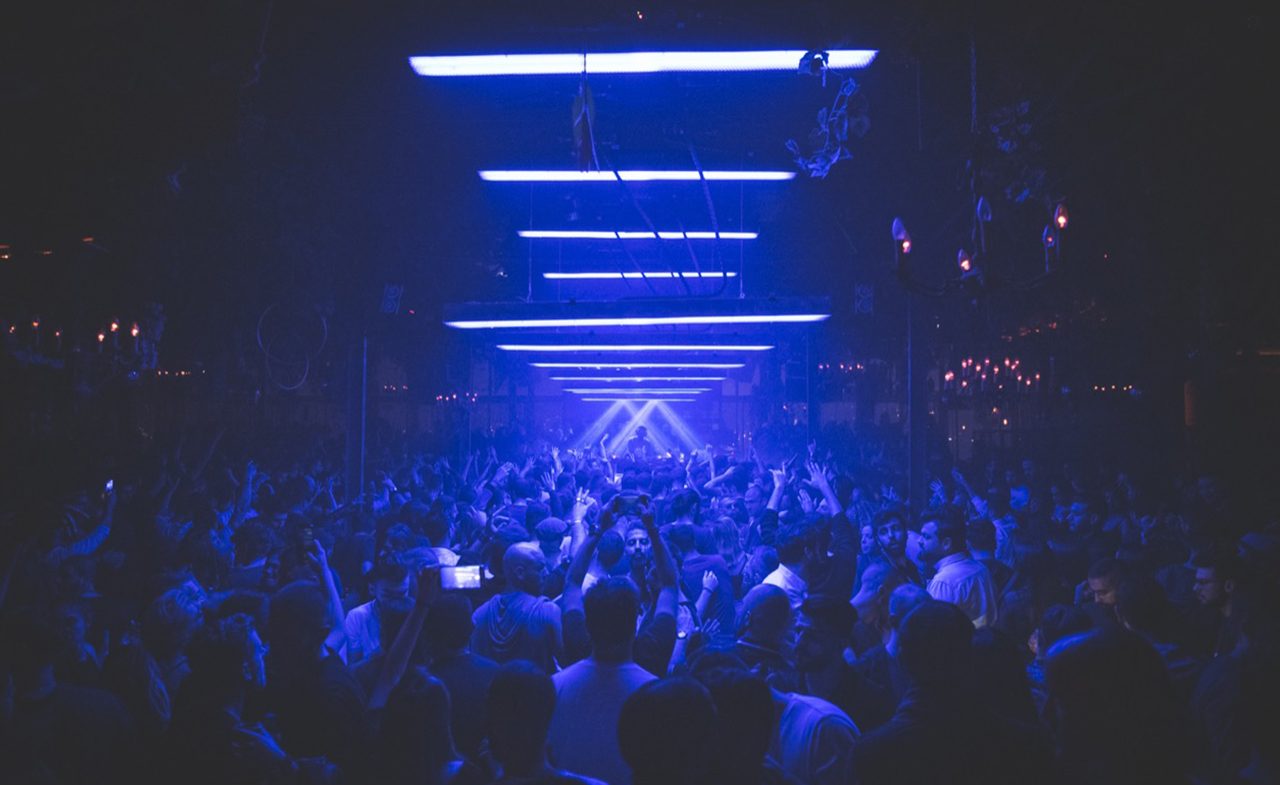
“Anyone can have a huge budget and get tons of equipment and lighting, but this is not what makes a show special. I think you can do a beautiful show with 10 fixtures if you use them right. It's not the quantity that matters.”
Tell us a little bit about the 2ND SUN stage as well? Was it the first you took your lights abroad?
Yes, it was our first time taking the lights abroad. The idea behind 2ND Sun, is that when the first sun sets, the 2ND Sun rises. So Clap Clap's core stage design for all 2ND SUN events was to have an almost 4D sun be the main visual element. With that in mind, we work around the main design to present something new every time. Be it adding fixtures, new elements, new technology, etc.
What’s your favourite room in the Grand Factory dependent on lighting moods?
All the rooms are special, and each has its own beautiful identity. If we want to talk about lighting, the main room is definitely my playground. A year ago, we created "Radiator", the first kinetic lighting installation in a club in the Middle East. The creative studio Clap Clap also conceived & designed “Radiator" with the help of Mechatronics Engineer-Sevag Bebakian, and myself. It was one of the biggest challenges technically, because it was a trial and error project for Sevag and myself from the programming, coding, and operating point of view. I still remember testing a 10cm prototype with Sevag to understand the controls and it's language and looking at each other and wondering how the hell are we building this. Then seeing the real thing installed and in action, it's a thing of beauty!
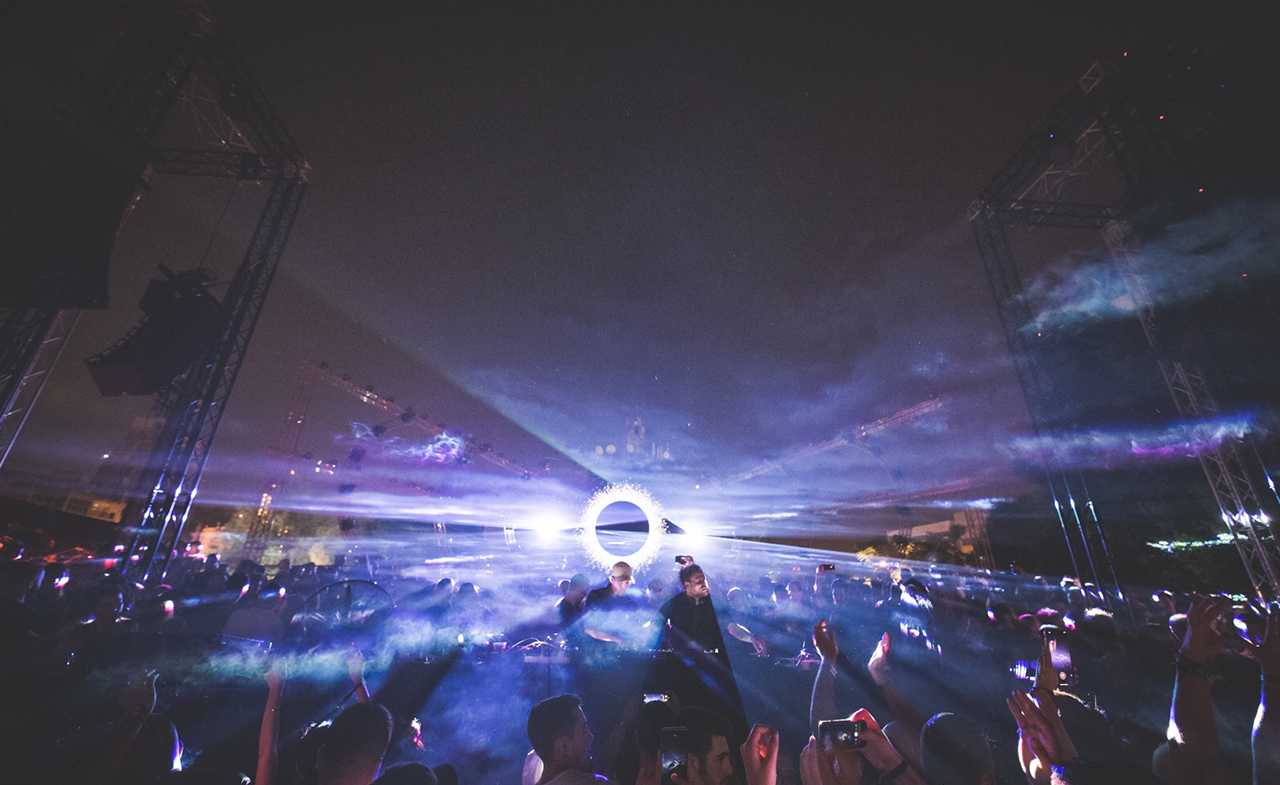
“A lighting show is like a DJ set. You can't keep banging track after track because the crowd will get tired, you need to have a flow so that people enjoy the set.”
Wouldn’t you say that too elaborate lighting takes away from a clubber’s sonic experience?
Anyone can have a huge budget and get tons of equipment and lighting, but this is not what makes a show special. I think you can do a beautiful show with 10 fixtures if you use them right. It's not the quantity that matters. Of course the bigger the production, the more possibilities. A lighting show is like a DJ set. You can't keep banging track after track because the crowd will get tired, you need to have a flow so that people enjoy the set. Same things goes to lighting, you have to rest the crowd and work your way through the set and take the crowd on an audio visual journey. This is what makes it special.
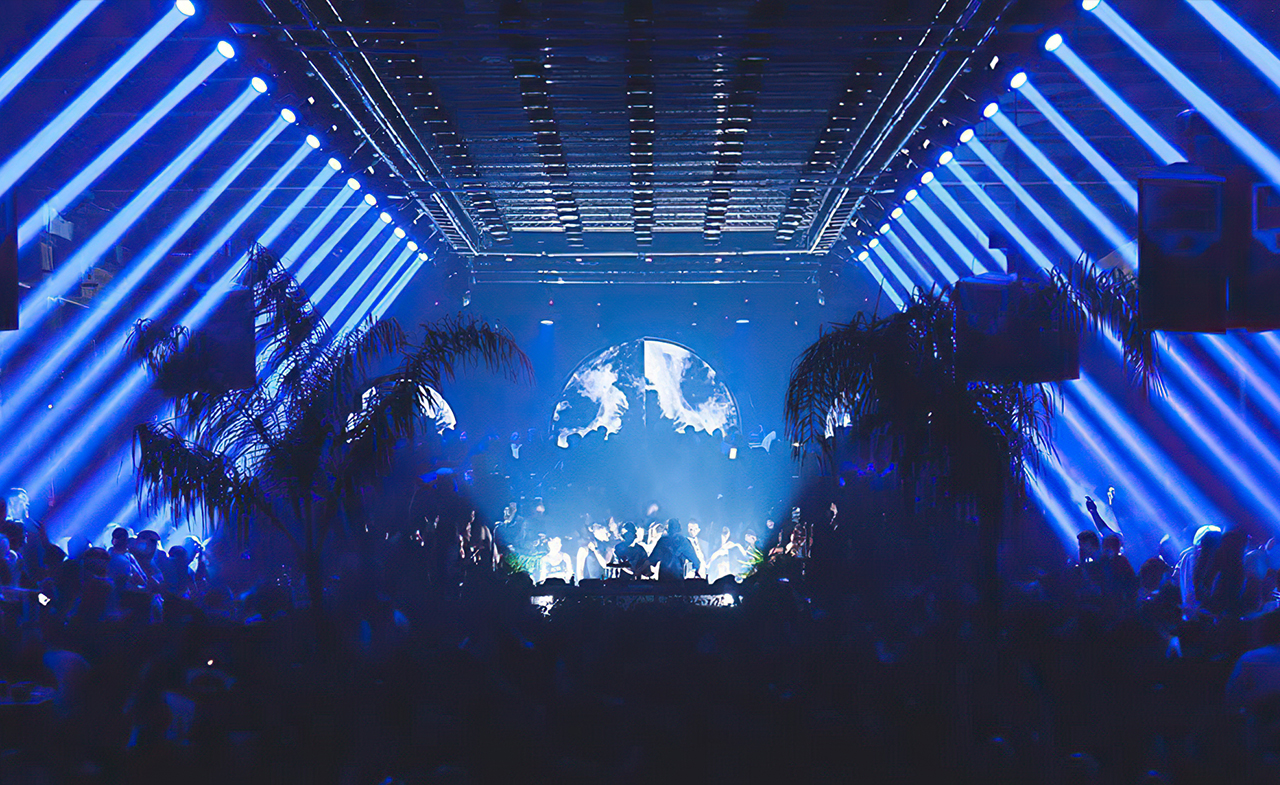
“With what our Lebanon is going through, it was heartwarming to be able to show the beautiful and creative side of Beirut by giving the world a sample of what we're made of”
What’s your favorite project of all time?
Two projects come to mind that meant something to me personally. The first one is Five Islands Festival 2019. We have always dreamt of throwing a full scale festival in Lebanon and we succeeded. It was magical up there in the mountains. Our main stage had a massive 3D sun structure, operating it was a treat. The feedback was great, and we cannot wait for you to join us on the next edition. The second one is 2ND Sun in Egypt. With what our Lebanon is going through, it was heartwarming to be able to show the beautiful and creative side of Beirut by giving the world a sample of what we're made of. That moment I put the Lebanese flag on stage using the LED strips and screen, it felt really special. Not to mention the love and the feedback we got from people, it was humbling. Into gamdeen awi!
You've worked with some of the biggest DJs in the game, from Nina Kravitz to Ben Klock, tell us about some of your most memorable encounters?
It's always special when after a show, a local or international DJ praises your work and thanks you for it. My most memorable moment would be one sunrise at AHM, we had UK-based John Digweed and Sasha playing an extended back to back set. At around 6:30am, John Digweed comes to my booth, stands behind me and starts filming me. Naturally I was shy and turned around and thanked him not knowing the reason behind it. The next day I woke up to the same video as a post on John Digweed's instagram account, thanking me for my work and giving me credit for it. It felt good, like really really good.
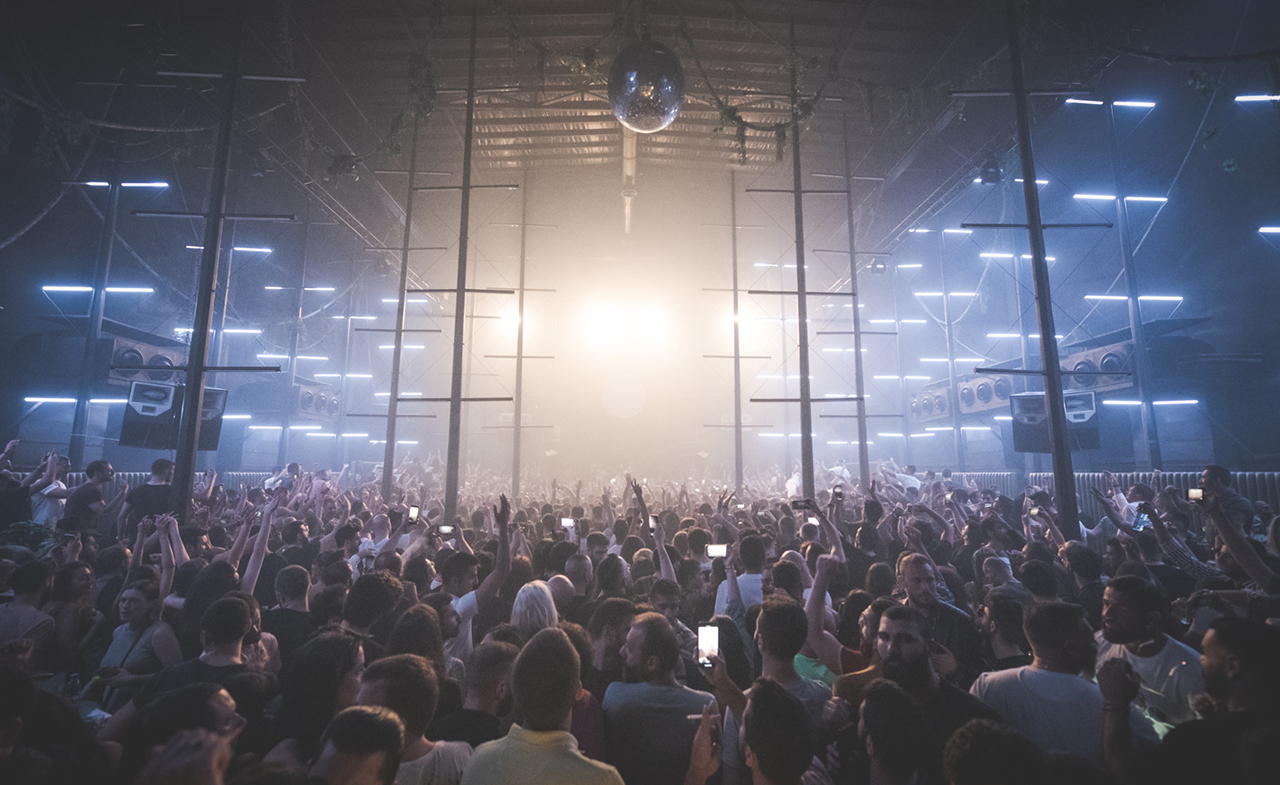
The Grand Factory family always do their best to highlight your work and credit you for it. Do you think more clubs and institutions should do that?
I think credit should be given where credit is due. To me personally, the biggest reward is knowing that people enjoy my work and connect with it. I have been blessed to be part of a beautiful family called the Factory People and to be given a platform where I could showcase my talent.
Follow Julien Yammine on Instagram.
Original photography by Karl Sfeir














